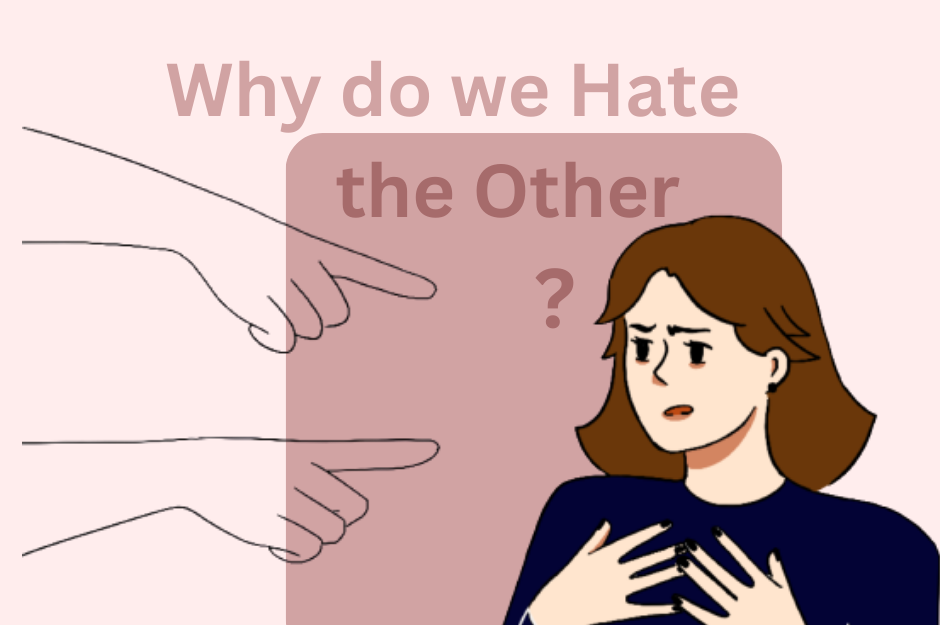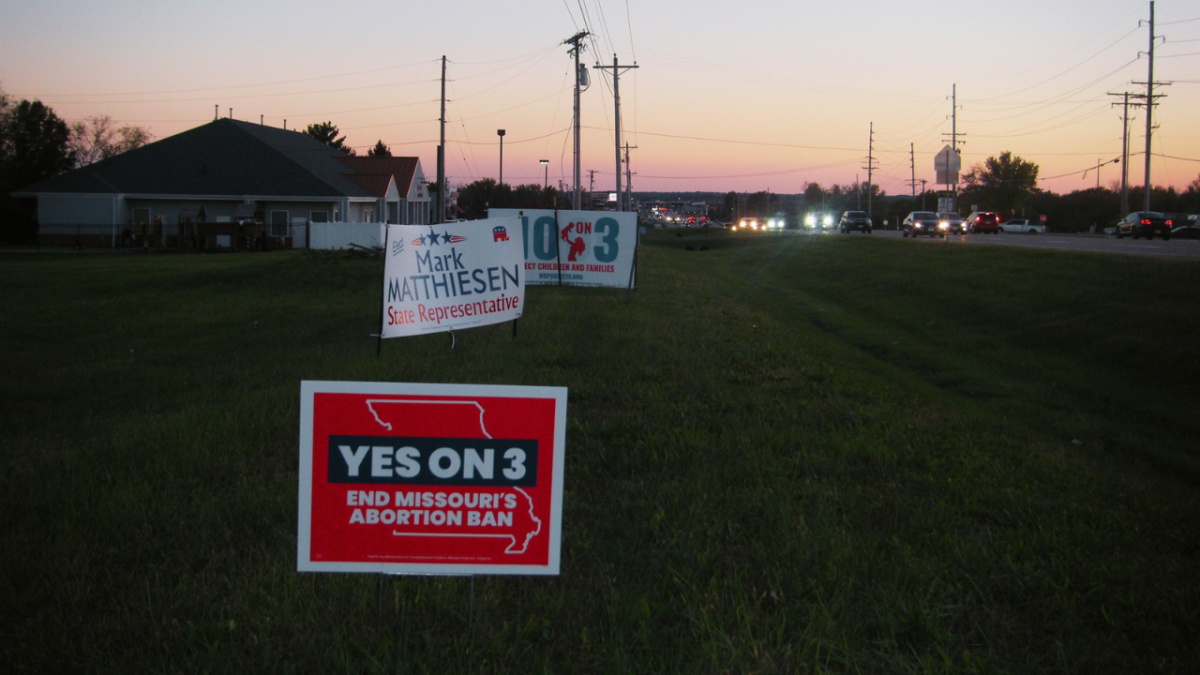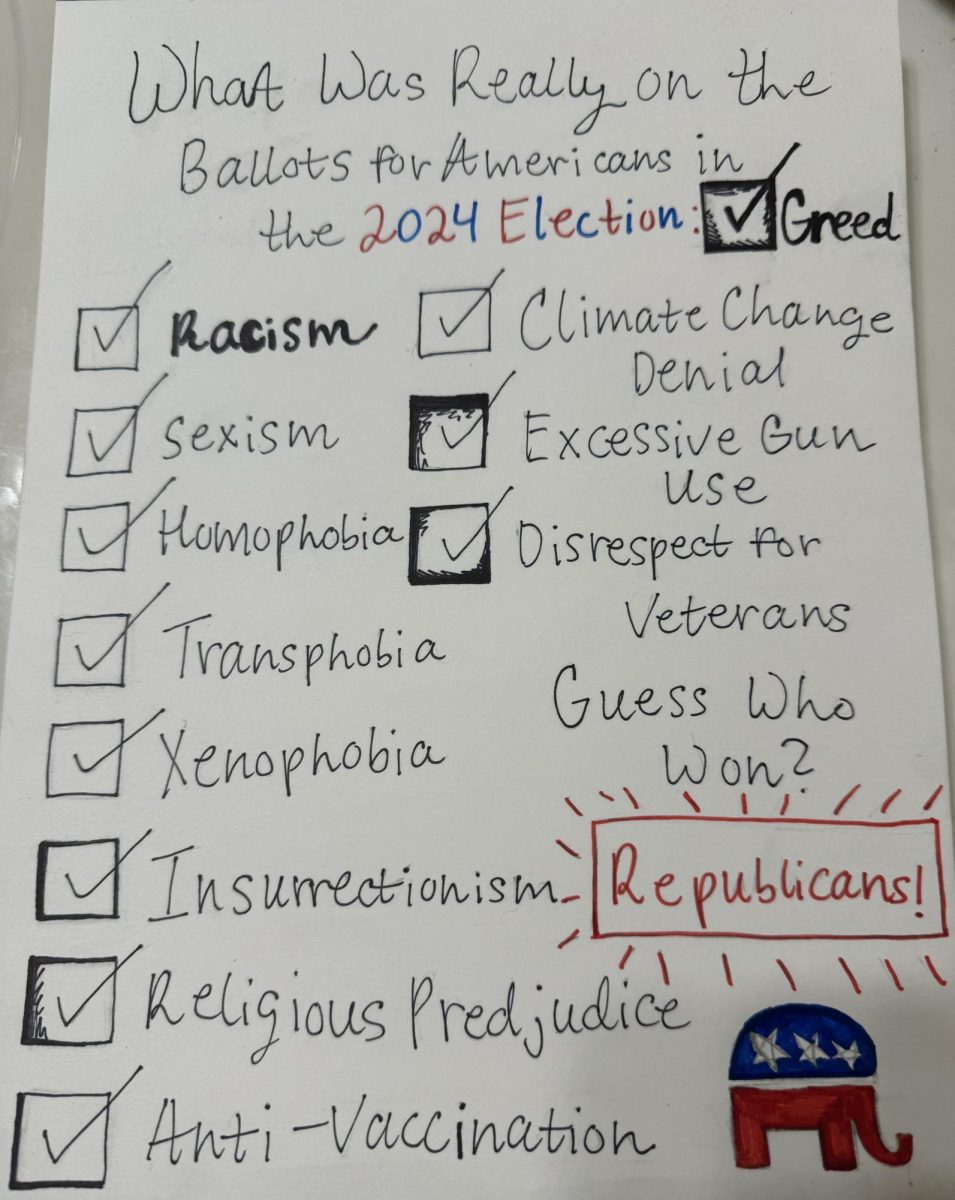If you have ever dressed in dark clothing, or in anything other than the “norm,” it is highly likely that you have received some form of harassment for it. Whether it be a shout of “EMO!” from someone across the hall, barking and hissing, or overused jokes made to make fun of you. But is the ostracization of these people warranted, or is it just because of humanity’s greatest fear: something that is different?
As someone who meets the aforementioned criteria, I have often asked myself this question. Falling under the goth umbrella has become fuel for fire within middle schools and high schools everywhere. The reasoning behind this is one that has been studied time and time again.
Famous psychologist Erik Erikson created a theory that each person’s personality follows a predetermined order. He believed that, as we develop, we will go through a total of eight psychological stages; each stage depicts a different virtue or conflict we go through at the designated period.
Erikson describes the fifth stage, adolescence, as a time in which people experiment and develop their roles in society. If teens are given support in their exploration of identity during this time, he states, they will be able to emerge from this stage with strong senses of self, and feelings of control over their lives. Being able to experiment with style, behaviors, presentation, and more is actually beneficial to a person’s core values.
So if self-identity and discovery of one’s mind is so important that it impacts one’s psyche for, potentially, the rest of their life, why is hatred towards that search so normalized? Erikson states that “young people can… be remarkably clannish and cruel in their exclusion of all those who are different.”
“I also think that people who bully… take out their everyday issues on people who are different than them,” sophomore Sophie Stafford said. “I feel another reason could be because they just need someone to make a joke out of.”
People who could be considered emo are just going on the same journey as everyone else; a trip that each person will take in their life.
One large form of aversion to those who don’t fit the textbook definition of “normal”, was in the 80s and 90s during a time known as the “satanic panic”. During this time, there was a sudden and intense fear of the occult. Media began to depict alternative/goth teens as “godless” and the media they consumed as “satan worshiping”.
The wrongful conviction of the West Memphis 3 (Damien Echols, Jason Baldwin, and Jessie Misskelley) highlights the paranoia at this time; three teens were falsely charged with murder, as locals believed they were participating in satanic rituals simply because of their gothic lifestyles.
This terror highlights a large factor in the fear of the gothic, fear of the unknown.
Studies have shown that on the most basic level, humans respond to uncertainty or strangeness with stress. In biology, a class all high schoolers take, we discuss homeostasis. Our bodies have a need for equilibrium, for balance. Stress throws off that harmony, and therefore, our brains try to find a way to set things straight. This results in aggression, disgust, and anything else that may crush whatever has provoked us.
We mock emo kids, laugh at goths, and snub anything that confuses us.
In the end, so many people who have experimented with their clothing, ideals, or presence have been shut down and forced into conformity. A vicious cycle has been formed that creates and then destroys creativity.

But what’s the solution? How do we get past something humans have faced since the beginning of their existence? It’s simple, really, make that unknown known.
Recognize that, as previously mentioned, we adolescents are going through a time of change and self-discovery. Talk to someone who you may not have spoken to before, consider other people’s perspectives, and allow yourself to feel empathy. The world would be an incredibly different place if we just took the time to know someone before judging their lifestyle or presentation.














